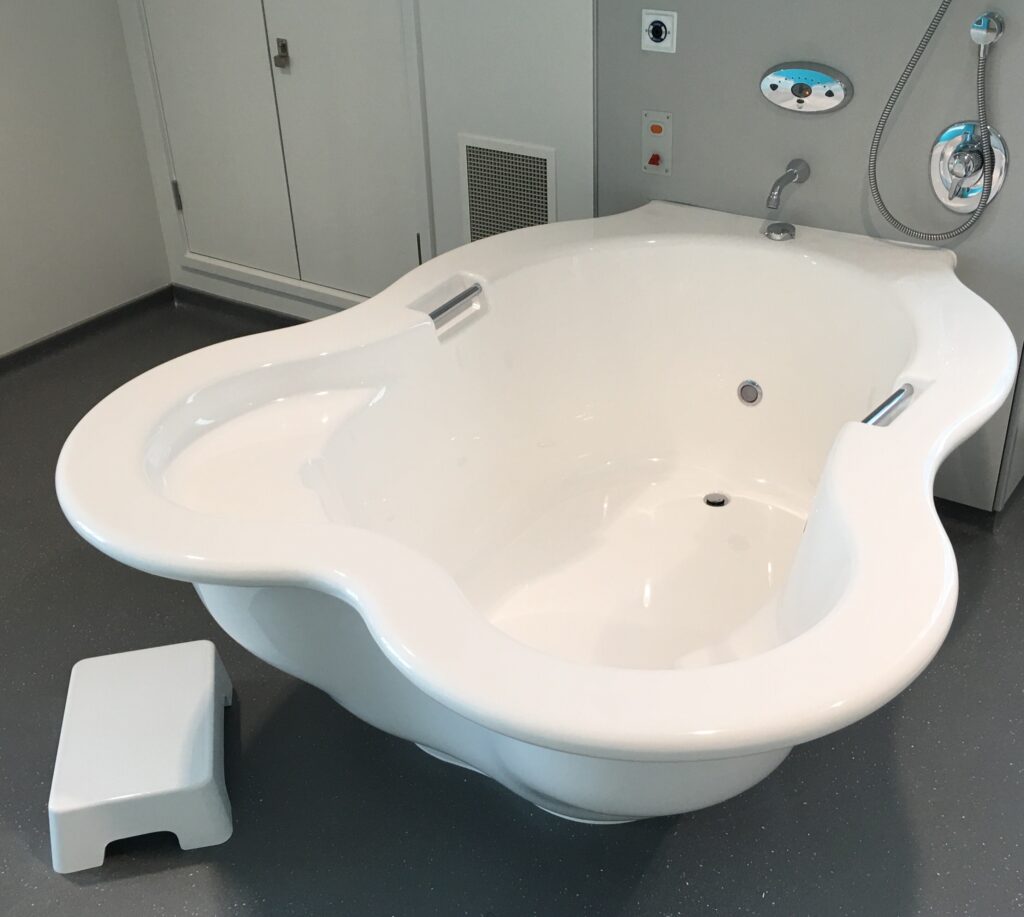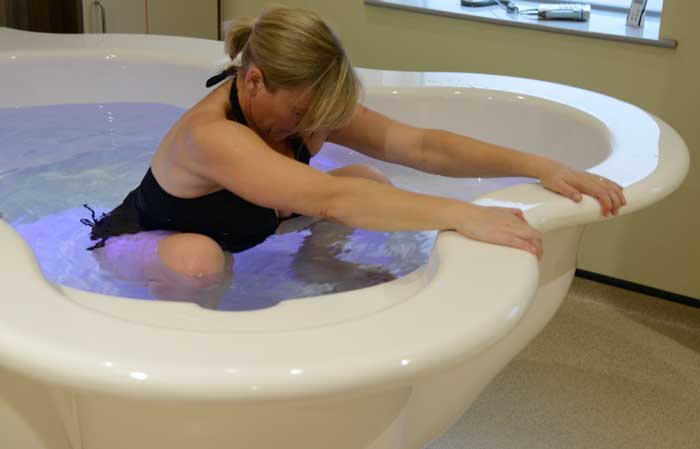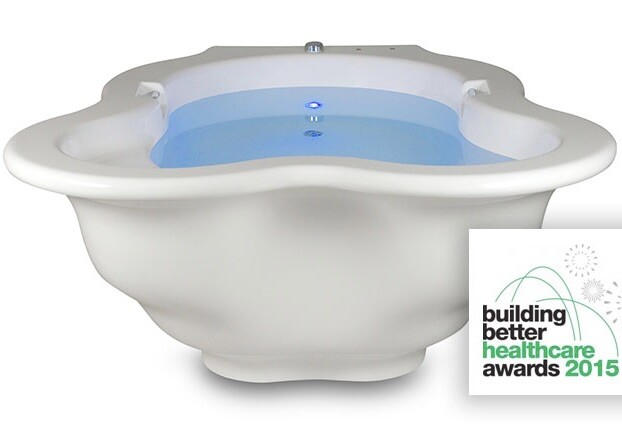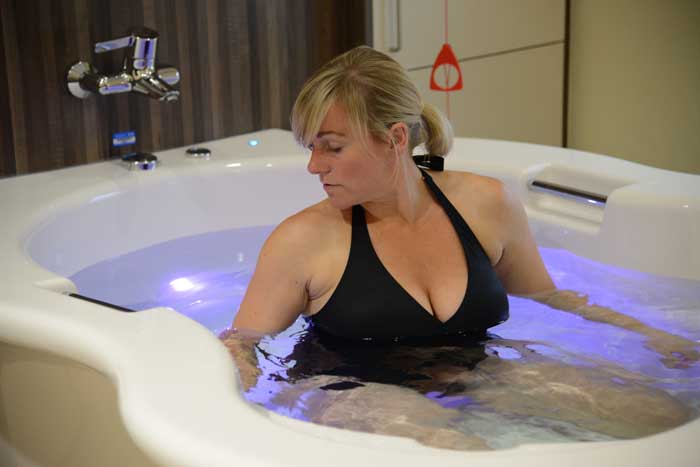McKenna JA; Symon AG, (2014). Midwifery , vol 30, no 1, January 2014, e20-5.
BACKGROUND: although Vaginal Birth After Caesarean section (VBAC) has been promoted successfully as one means of reducing the caesarean section rate, the practice of VBAC using water immersion (Water VBAC) is restricted.
Very little valid, reliable research evidence is available on this birth method, although initial small-scale audits indicate that Water VBAC has no adverse effect on maternal and neonatal outcomes.
METHOD: in-depth semi-structured interviews were carried out with a purposive sample of eight women who had undergone Water VBAC in one midwife-led unit.
The interviews aimed to explore their reasons for requesting this birthing method, and their experience of the process. An interpretative phenomenological analytical approach was adopted.
FINDINGS: the women pursued Water VBAC for two main reasons: in order to prevent a repeat of the obstetric events that previously led to a caesarean section, and to counteract their previous negative birth experiences.
The women reported improved physical and psychological outcomes from their Water VBAC experience when compared with their previous experience of caesarean section.
Three main themes emerged: ‘minimising’, ‘maximising’ and ‘managing’. Water VBAC entailed an attempt to minimise the medicalisation of the women’s childbirth experience.
This was achieved by limiting medical staff input in favour of midwife-led care, which was believed to minimise negative physical and psychological experiences.
Correspondingly, Water VBAC was perceived as maximising physical and psychological benefits, and as a means of allowing women to obtain choice and assert control over their labour and birth.
The women planning a Water VBAC believed they had to manage the potential risks associated with Water VBAC, as well as manage the expectations and behaviour of friends, family and the health care professionals involved in their care.
CONCLUSIONS: for the women participating in this research, actively pursuing Water VBAC constituted a means of asserting their autonomy over the childbirth process.
The value accorded to being able to exercise choice and control over their childbearing experience was high.
These women’s accounts indicated that information-giving and shared decision-making require improvement, and that inconsistencies in the attitudes of health care professionals need to be addressed.









